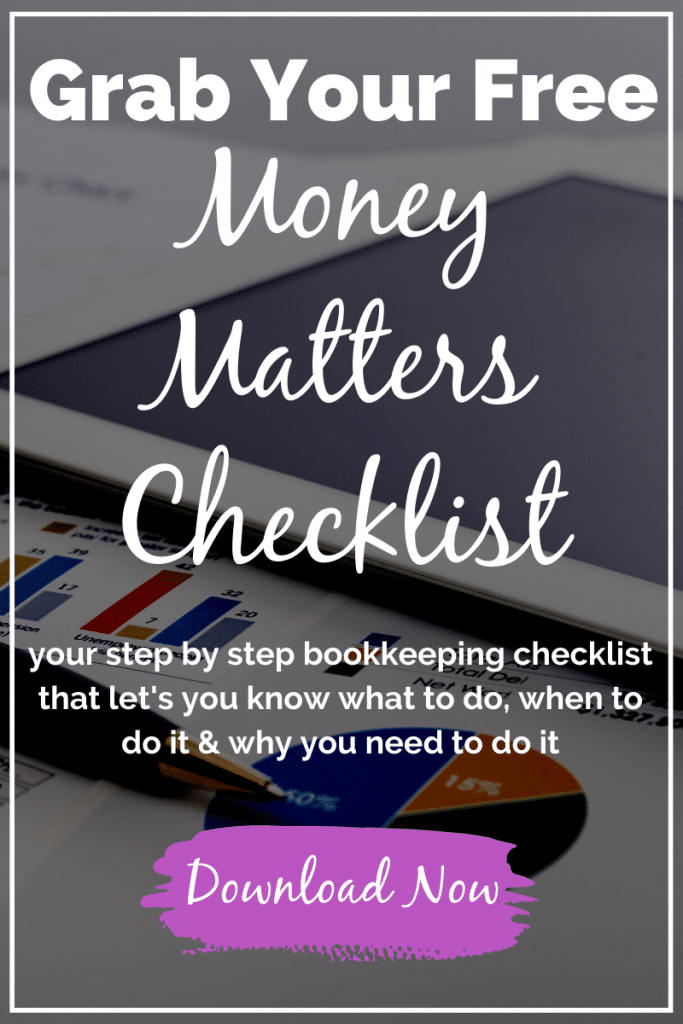Sometimes I wonder about all these 6-7 figure launches.
How much do they REALLY collect?
How much of the six or seven figures even reaches their bank account?
The Process – The Questions
Let me explain…
Getting someone to click the “Buy Now” button is just the beginning of the money collections process.
Realistically, some buyers may go through the motions but never pay you. And you probably never even notice.
They can easily fall in between the cracks of your money tracking system aka the accounts receivable or invoicing portion of your accounting system.
I’m not talking about your money-back guarantee because that presumes that they paid you in the first place and you’re going to promise to refund their money if they aren’t happy.
No, what I am talking about is something else entirely.
What I’m talking about is when you have unpaid clients hiding in the wrong place – mainly PayPal or Stripe or your merchant service account as a bounced charge..
Extensive Testing
You see most people test their system to make sure potential clients can pay them but what they sometimes forget to think about or test is what happens when a payment fails.
Especially installment payments.
So let me ask you…Do you have a system? Do you get notified when a payment fails? Or when a customer’s credit card expires? And then what do you do about it when it happens?
Again most small businesses don’t have any system at all. But creating one is relatively easy.
Especially if you are using an accounting software package like Xero or Wave – or even a simple spreadsheet will do in a pinch.
The point is to have a running total of who owes you money, when it’s due and if they are paid and up to date. This is an overly simplistic definition of accounts receivable and why it’s necessary. Even for a small business or a micro business.
Seriously, you have to do more than watch the cash roll in.
Bank balances are awesome to watch but cash flow is more important.
Cash flow is more helpful when planning future income and expenses.

Quick And Dirty How-To
**FOR ONE TIME PAYMENTS
Use something like Zapier to notify you, your accountant and your accounting software of the impending sale and deposit – by creating a draft invoice.
PRO TIP: I’m all about automating as much as possible but sometimes you have to “touch” things to be certain that you are aware of them. In this case, drafted invoices.
I like to do drafts so that I have to actually review the details of the invoice and make sure everything is correct and recorded properly.
**INSTALLMENT PAYMENTS
Same deal but instead of a single invoice, use the draft to create a recurring invoice that ends after X number of periods (typically months).
This type of invoice, to me, is more important because now you are watching and waiting for payment to post for your installment payment.
When you don’t see the payments deposited to your bank account and the invoices remains outstanding, you can be proactive in a more timely manner.
This can be HUGE if you run a lot of programs, each with their own installment plans and payment terms.
Having recurring invoices set up creates a trigger for you to review your installment income and follow-up when applicable and necessary.
PRO TIP: It’s vital that you stay on top of outstanding receivables, you may want to review them at least twice a month or even weekly.
If you have a few more bucks to invest into your systems, you can try something like Baremetrics or ProfitWell – these integrate with Stripe and you can set them to automatically email your clients when payments fail or when their cards on file are about to expire.
**ONGOING SERVICES
Same deal as installment payments but there is no ending or X number of installments.
An ongoing service can be something like my virtual accounting services or a monthly membership program that’s month to month with no and date.
For this type of receivable, everything else is the same – you just want to watch, be mindful and proactive when payments fail and invoices go unpaid.
When that happens, and it will happen, you should have a system of some sort in place and in writing because you don’t want to continue to provide a non-payer with services or access to content that they have not paid for.
Things To Think About & Ask Yourself
If it’s a membership site, will your clients have continued access to their membership?
How long before their account is deleted all together?
What efforts will you take to update their payment info? Email? Phone call? Combination?
Who will make contact? You? Your assistant? A collections agency?
Money Systems Can Be Simple
Lots of things to think about, right? Money systems can be a little complicated.
Want all the whats, hows and whys? Grab the Money Matters checklist, where I walk you through all of my ‘best practices’ when it comes to doing your own bookkeeping.
Until next time,
~J
Notes & Resources:
Money Matters Checklist
Templates & Checklists (like budgets)
Work With Me
Editor’s note: This post was originally published in September 2015 and has been completely revamped and updated.

